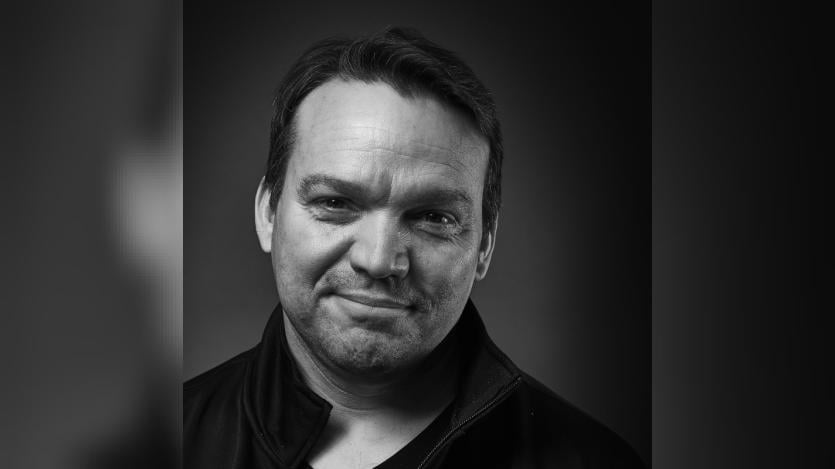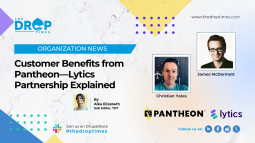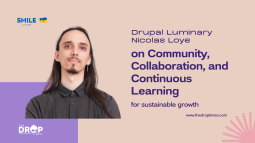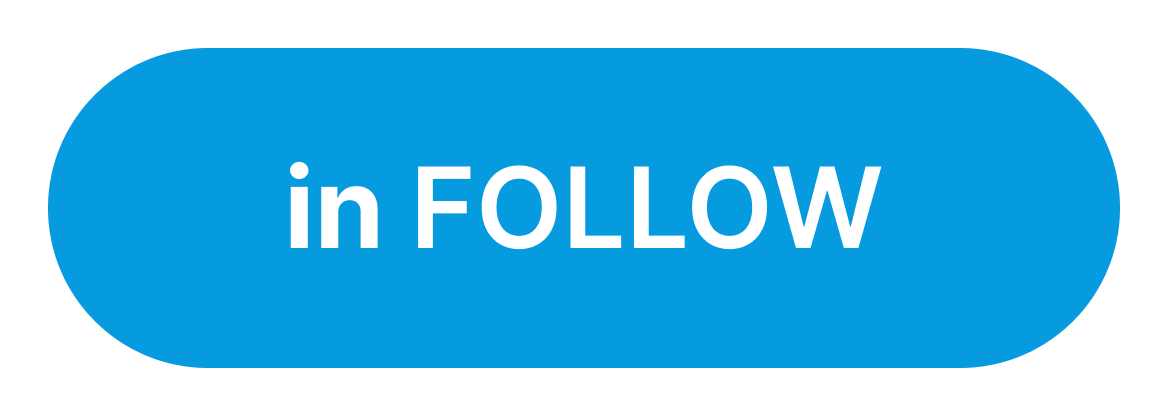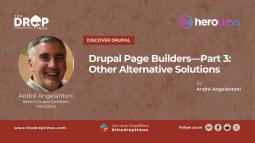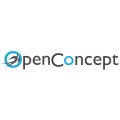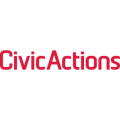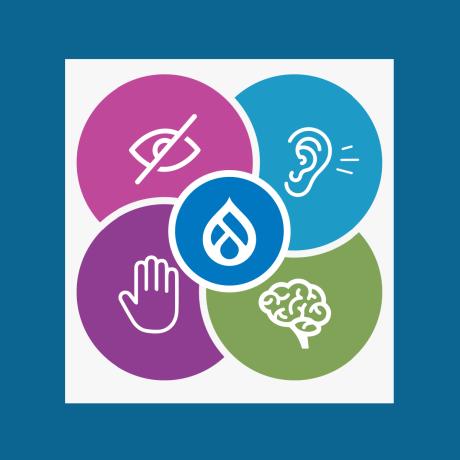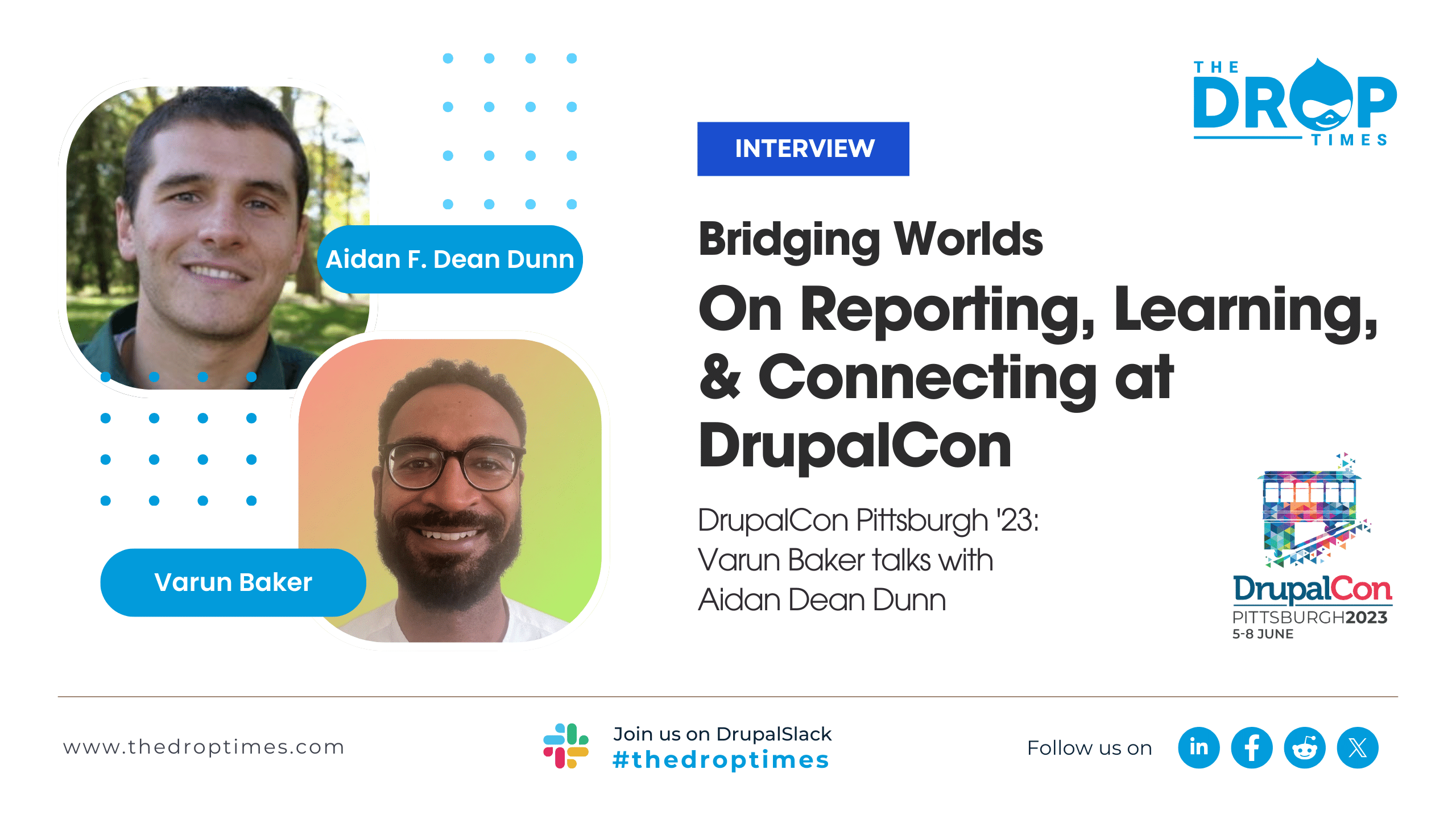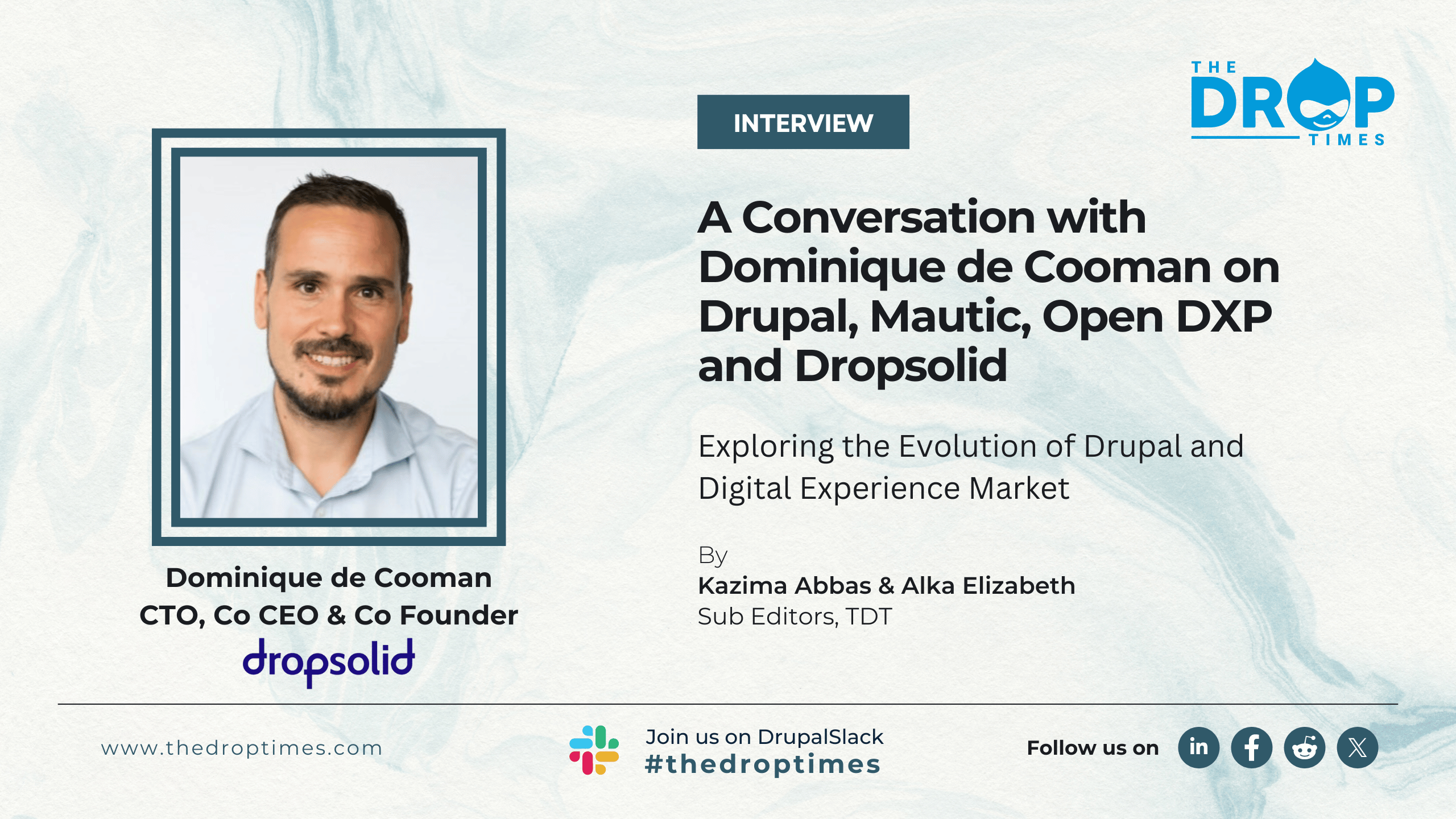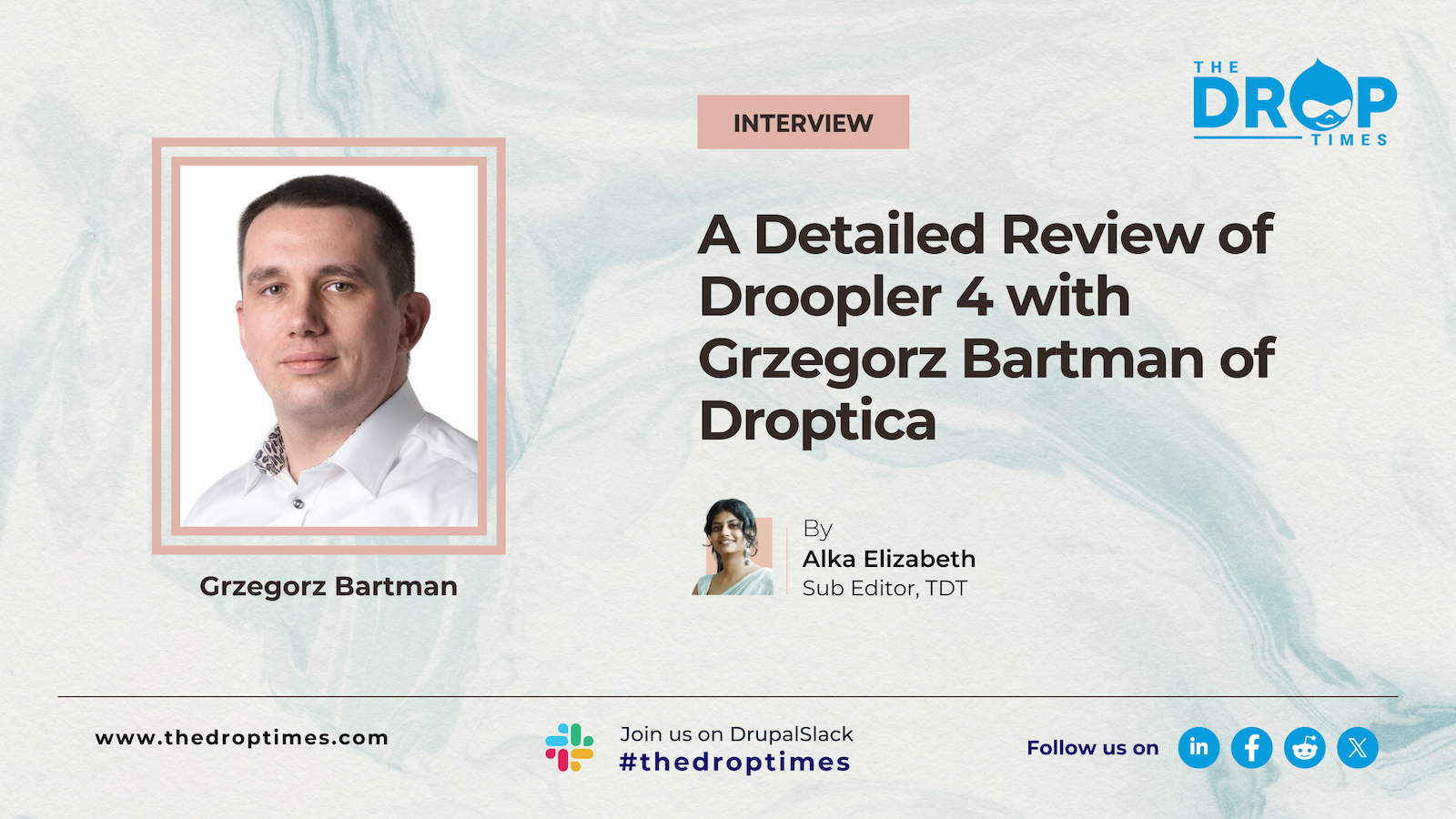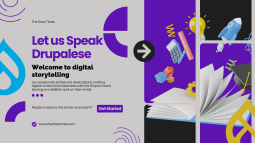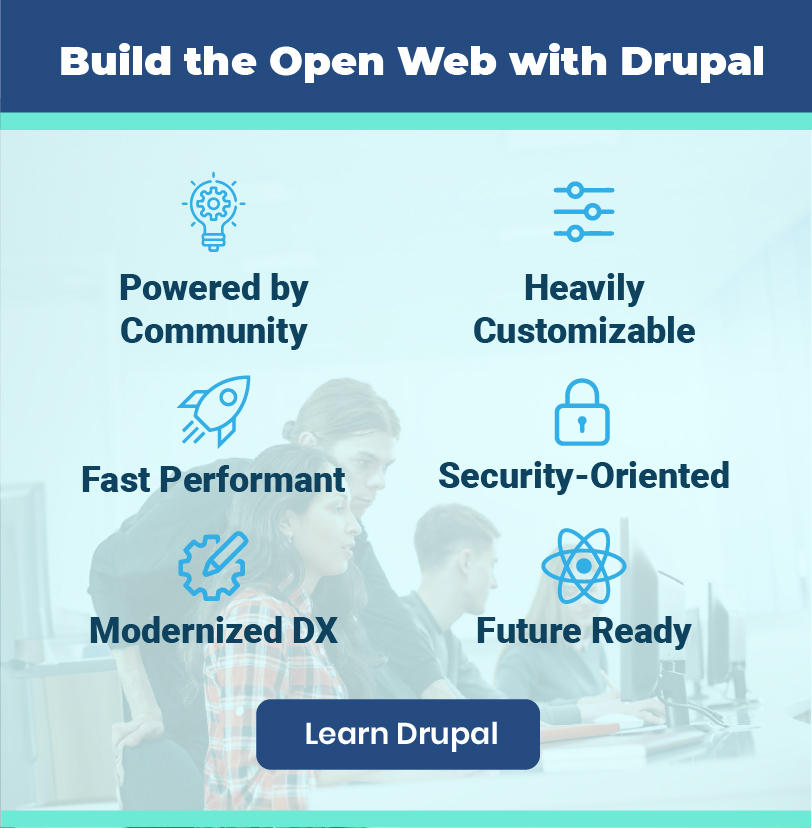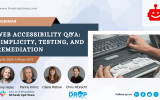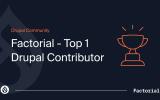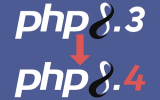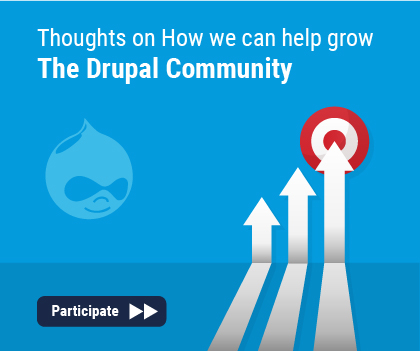Good Accessibility Requires a Team Effort | Interview with Mike Gifford
The subject of accessibility has the far-reaching attention of the Drupal community. It is precisely why, in our interview with Mike Gifford, Senior Strategist at CivicActions, we thought to ask him about this subject, which he is passionate about.
Mike’s profile on Drupal.org reads:
“Pushed by a desire to build a more inclusive world, Mike has been involved with accessibility since the beginning of the 90s. Mike spearheaded accessibility improvements in Drupal since 2008 and officially became Drupal’s Core Accessibility Maintainer in 2012.”
Previously, Mike was also the Founder and President of OpenConcept Consulting Inc, a web development agency specializing in building open-source solutions for the open web. He was also a Government of Canada’s Open Source Advisory Board member.
“Our society tends to exclude you from basic activities when you aren’t an average user. I had thought that I would be able to make Drupal accessible in a year or two. Over a decade later, we are still finding new ways to remove user barriers,”
says Mike in his interview with Kazima Abaas, a journalist trainee at TheDropTimes (TDT).
Through this conversation, we can read more of Mike’s enduring journey with Drupal, his extensive and deep-rooted involvement with digital accessibility, and the importance of prioritizing accessibility in web development projects. He also discusses the biggest challenges in making Drupal 10 accessible for all users.
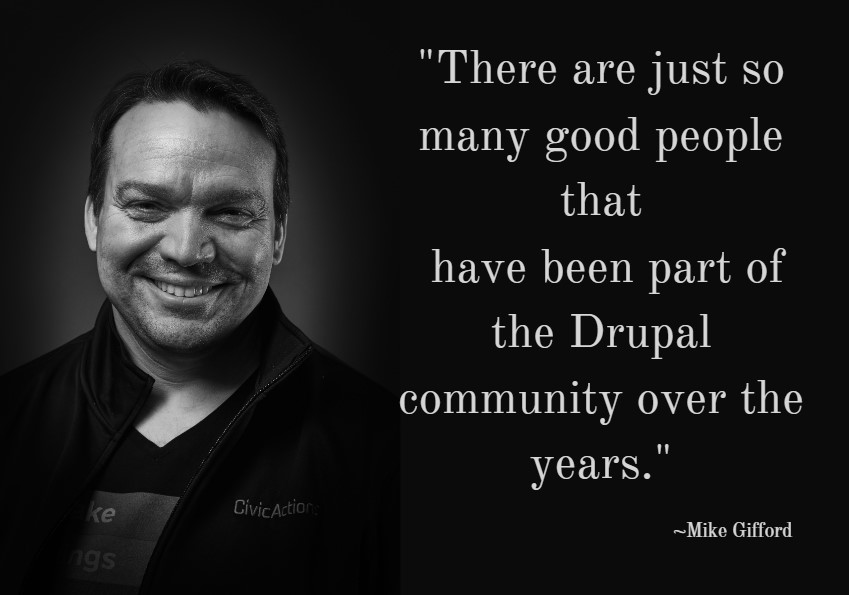
TDT [1]: Can you tell us about your work in digital accessibility and how you became involved in this field?
Mike Gifford: I started a web design firm in 1999 and was familiar with accessibility issues but didn’t feel I knew enough to address them. Web Standards was a big movement, which is, of course, related. Open standards are key to a lot of things, including accessibility.
It wasn’t until I decided to pivot my business in 2009 that I became involved in digital accessibility. I had several friends that helped me learn about disability rights before then, so I knew why it mattered. My friend challenged me to think about ability and how many barriers are socially constructed. In his case, he has cerebral palsy, so he used a walker and wheelchair. At first, he used a keyboard overlay to navigate a computer but is currently primarily using an eye tracker.
He raised my awareness about how much life is built for average users. Our society tends to exclude you from basic activities when you aren’t an average user. My friend recently got help modifying a recumbent bike he can ride around town—Something, most of us, take for granted.
After identifying a few accessibility issues, Angie Byron encouraged me to submit a patch to Drupal Core. I had thought that I would be able to make Drupal accessible in a year or two. Now over a decade later, we are still finding new ways to remove barriers for users.
TDT [2]: What are the biggest challenges in making Drupal 10 accessible for all users, and how is the community addressing those challenges?
Mike: A huge amount of work went into Olivero & Claro. The teams involved wanted to build even better accessibility defaults than we had created in Bartik & Seven. There is more work that can be done with the Theme Starterkit tools. Building better support for site builders into Starterkit will help new themes adopt some of the best practices that were brought into Olivero & Claro. It will help us shift accessibility earlier in Drupal 10 projects built with Drupal.
jQuery is getting old at this point, and efforts are being made to replace elements with modern JavaScript components. There has been progress in this, but jQuery UI is still being used for autocomplete. It is something that I hope we will be able to replace in an upcoming release.
CKEditor 5 brings a host of wonderful new features with it and several accessibility challenges. One of the challenges is how we manage table headers within Drupal’s WYSIWYG. It was much easier to maintain consistent header structures when the table editor was less flexible.
We also see a real opportunity to improve our CKEditor interface to better support content authors in creating accessible content. At CivicActions, one of the challenges we keep seeing is users incorrectly using headings. The A11yFirst CKEditor 4 extension provided a terrific model for this, which would eliminate several common errors.
We would also love to see the Editoria11y incorporated into Drupal so that authors can get immediate feedback about improving their work.
TDT [3]: What accessibility features are currently available in Drupal 10, and what features are planned for future releases?
Mike: The features can be found here: https://www.drupal.org/docs/accessibility/drupal-accessibility-features.
In Drupal 10, there is work to improve the authoring experience. We must do more to align with the best practices described in the We4Authors Cluster study.
We also want to proactively provide an Accessibility Conformance Report (ACR) for Drupal. It will allow us to demonstrate how accessibility issues align along separate WCAG Success Criteria. Using the OpenACR format, we can highlight groups of barriers we’d like to improve and more easily maintain.
TDT [4]: How important is it for organizations to prioritize accessibility in their web development projects, and what benefits can they expect to see?
Mike: It’s very important. People with permanent disabilities account for between 15-25% of the population, depending on the study. Many people have invisible disabilities. Everyone occasionally struggles with temporary or situational disabilities from time to time. As we grow older, we inevitably gain more disabilities. The impacts of these barriers aren’t just on those individuals but often also on the friends or family to who they need to turn.
Finally, we need more semantic websites to support emerging technology. The increasing use of AI/ML technology depends on well-structured data. The same is true with VR/AR and the IoT. Poorly structured content will not be as usable for aural interfaces either.
TDT [5]: Can you share an example of a successful accessibility project you have worked on using Drupal and what made it successful?
Mike: I’veI’ve contributed to our work with Veterans Affairs (VA), Centers for Medicare & Medicaid Services (CMS), and National Science Foundation (NSF) sites. These are large government sites with often hundreds of authors. Working with our US Web Design System (USWDS) Theme, and Drupal Core, many issues are already taken care of. That said, there are many ways to introduce new accessibility challenges into the mix. What has made accessibility successful in these sites is having accessibility be an intentional part of our process.
CivicActions provides an orientation to everyone on accessibility when they join our team. We demonstrate that accessibility is part of what is expected when delivering quality for our clients. We are also building out a Champions Network within our team. It helps to distribute the knowledge about accessibility so that everyone knows how their role contributes to building an inclusive site.
TDT [6]: What advice would you give to organizations and developers just starting to focus on accessibility in their work, and where should they begin?
Mike: I would suggest that people start where they are. Focus on learning more. There are just so many free resources for digital accessibility. Working to find others in your organization that cares about accessibility is key. Good accessibility requires a team effort. Sharing material in a newsletter or even on Slack can be helpful. Finding ways to attend or even present about digital accessibility is always good too.
TDT [7]: What do you see as the future of digital accessibility? How do you see Drupal and the broader tech industry evolving to address these challenges and opportunities?
Mike: WCAG 3.0 is being developed to be broader than the web. There will be a much greater focus on plain language communication and cognitive disabilities. We will also see more effort to move beyond a page-level analysis. When this gets finalized and becomes adopted by organizations, it will require quite a lot of refactoring of how digital accessibility is being approached.
Many of us are also thinking about the impacts of AI/ML. People have been attempting to get AI to replace the effort of creating alt text for images for years. I do not think we will see machines successfully replace human effort but augment it. We may find that Machine Learning can suggest an appropriate alternative text for an image. Still, ultimately, the author needs to determine if that aligns with the message they want to convey. We will need to build an authoring interface that allows for better integration of ML tools.
TDT [8]: How do you see the role of a senior strategist evolving in the next few years, and what skills and qualities do you think will be most important for success in this role?
Mike: It depends on what type of strategist. I do think that we are going to need more people who can assess the big picture. Given the acceleration of change, organizations need people who can help assess the current market and where it will be in the future.
Looking at the demographics of most industrialized economies, supporting seniors is a big part of the challenge. Accessibility is going to become increasingly important. Also, with growing concerns about global climate change and efforts for decarbonization, we know that it will impact everyone. We need to focus on being proactive for our industry and seeing that we are reducing our impact.
TDT [9]: How does your work at CivicActions relate to your involvement with the Drupal community, and what role do you play in advancing accessibility in the Drupal ecosystem?
Mike: One of CivicActions’ key values is openness. We are a company built on and leading efforts with open source adoption in digital government. The work that I am doing for CivicActions often can relate directly to my involvement with Drupal.
We support our clients in building/maintaining Drupal sites, so there are always issues we can bring back to the community from our experience.
I am one of the leaders of our Drupal A11y Office Hours, a monthly gathering to discuss Drupal’s accessibility issues. I am also contributing to projects related to Core and Contrib projects.
TDT [10]: What motivated you to become involved with Drupal, and how did you become a prominent member of the Drupal community?
Mike: That was a long time ago. I was the lead developer with another open-source CMS when Drupal 4.5 was a thing. At the time, I understood that multilingual support would be added soon and that I should be able to migrate my clients over. That projection was wrong, but there were still considerable advantages to moving from the CMS I’dI’d been developing to Drupal.
Ultimately though, what brought me in and has kept me active is the community. There are just so many good people that have been part of the community over the years.
Related Event Sessions
Disclaimer: The information provided about the interviewee has been gathered from publicly available resources. The responsibility for the responses shared in the interview solely rests with the featured individual.
Note: The vision of this web portal is to help promote news and stories around the Drupal community and promote and celebrate the people and organizations in the community. We strive to create and distribute our content based on these content policy. If you see any omission/variation on this please let us know in the comments below and we will try to address the issue as best we can.



